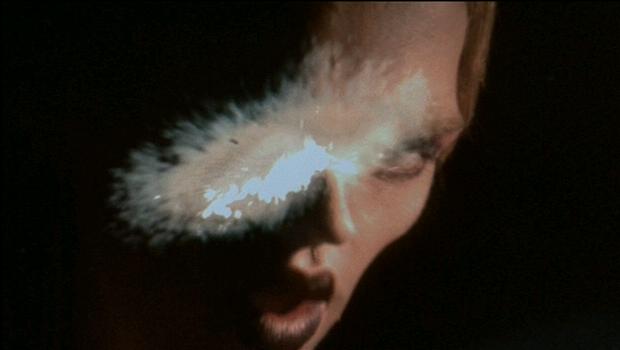
 |
| Photo © 1998 Miramax Films |
| Academy Award Nominations: | |
| Best Costume Design: Sandy Powell | |
| Other Awards: | |
| Cannes Film Festival: Best Artistic Contribution (Haynes) | |
| Independent Spirit Awards: Best Cinematography (Maryse Alberti) | |
| British Academy Awards (BAFTAs): Best Costume Design | |
| Permalink | Home | 1998 | ABC | Blog |